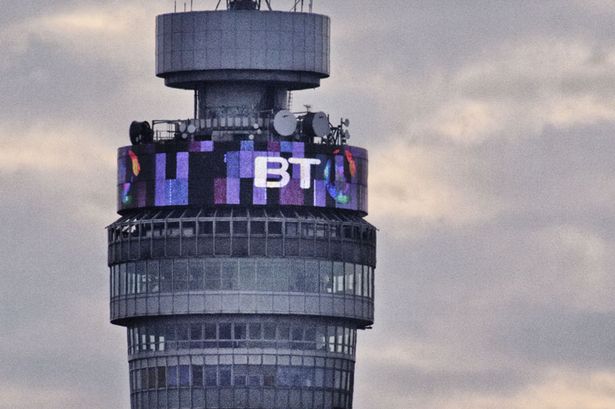BT Delays Huawei Removal From Core Network By Two Years

Move to shift all core mobile traffic away from Huawei kit and onto Ericsson equipment will only take place by 2023, BT has reportedly confirmed
The removal of Huawei equipment from EE’s ‘core mobile network’ has been delayed by two years, owner BT has confirmed.
The news that the removal of Huawei equipment from the core of EE’s network has been delayed, comes after BT in December 2018 had said it would take just two years to remove Huawei equipment from its core network, the BBC reported.
But BT is now saying that “100% of core mobile traffic” will be on its new Ericsson-built equipment by 2023.
![]()
Limited role
It comes after that 2023 deadline was set by the government in January this year, when Boris Johnson also identified Huawei as a “high-risk vendor” but said it could play a “limited” role in the UK’s 5G networks.
That meant that Huawei is to be excluded from sensitive geographic locations such as nuclear sites and military bases; and have a 35 percent cap in periphery (non-sensitive parts) of the 5G network.
BT said the delay was in part due to the government’s insistence that 65 percent of the network’s periphery must be rid of Huawei equipment too.
However senior Tories led by Iain Duncan-Smith and former International Trade and Defence Secretary Liam Fox have threatened a Commons showdown this summer with the Prime Minister to try to further limit Huawei’s access to the end of 2022.
The Commons defence committee also plans to assess the security risks posed by Huawei equipment.
Meanwhile this week, the UK boss of Hauwei Technologies warned the government that it would be doing a ‘disservice’ to the country if it were excluded from its 5G role.
Core and edge
The core of a mobile network is generally considered to be where the voice and other data is routed across various sub-networks and computer servers to ensure it reaches its destination, the BBC said.
The mobile network’s edge or periphery meanwhile is considered to be the actual radio equipment such as base stations and antennas, which link individual smartphones back to the core mobile network.
“In order to hit these ambitious targets within the timescales laid down by government and to align with their focus on 5G networks, it is now our intention to prioritise migrating our 5G customers to the new Ericsson core, followed by our 4G customers,” a spokesman told the BBC.
It should be remembered that for 5G networks, three of the UK’s largest wireless providers (EE, Vodafone, and Three) all used Huawei equipment to build their 5G networks.
The only exception to this was O2, which instead opted to use 5G equipment from Ericsson and Nokia right from the start.
Since the Coronavirus pandemic, mobile data usage in the UK has soared by 50 percent or more.
How much do you know about UK mobile operators? Try our quiz!